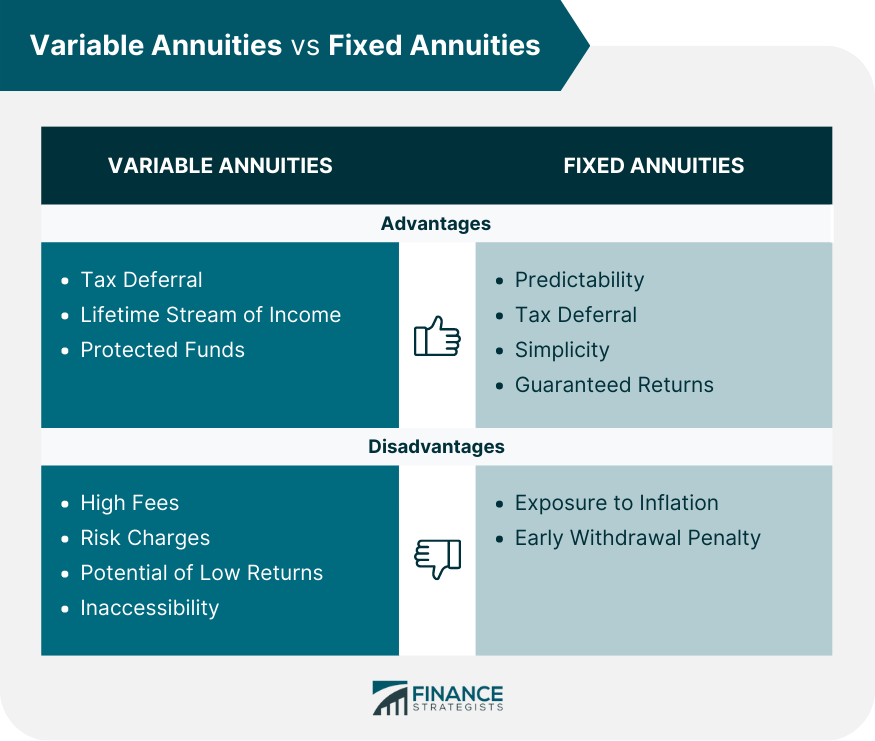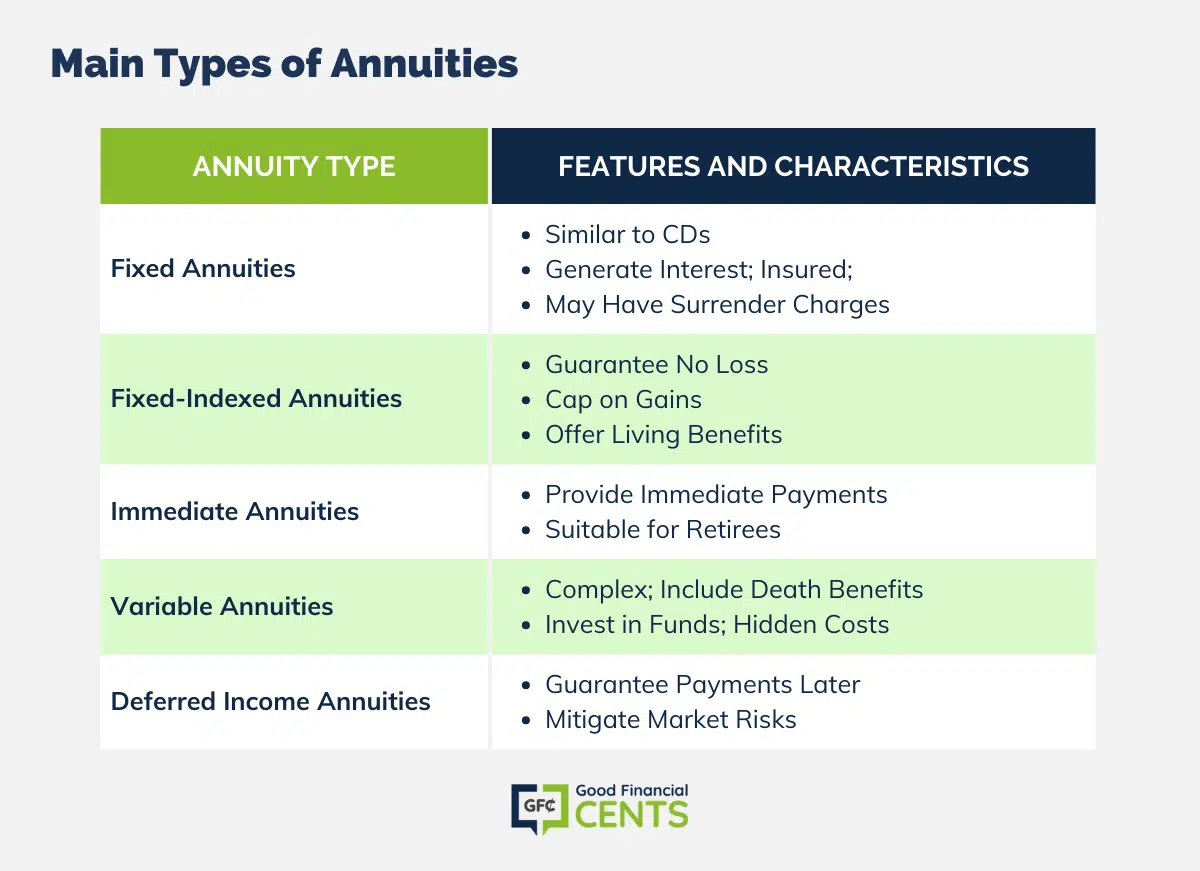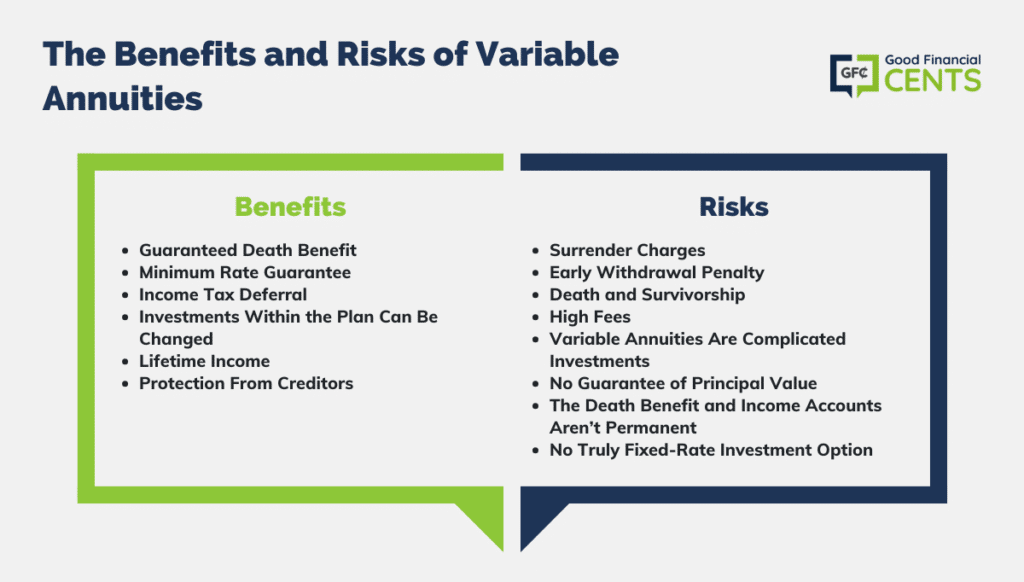All Categories
Featured
Table of Contents
Equally as with a repaired annuity, the proprietor of a variable annuity pays an insurance policy company a swelling amount or series of settlements in exchange for the assurance of a collection of future repayments in return. As stated over, while a repaired annuity expands at a guaranteed, constant rate, a variable annuity expands at a variable rate that depends upon the performance of the underlying financial investments, called sub-accounts.

Throughout the accumulation phase, possessions purchased variable annuity sub-accounts grow on a tax-deferred basis and are strained just when the contract proprietor withdraws those profits from the account. After the accumulation stage comes the revenue stage. With time, variable annuity properties must theoretically enhance in value up until the agreement owner determines he or she would love to begin withdrawing cash from the account.
The most substantial concern that variable annuities normally existing is high cost. Variable annuities have numerous layers of costs and expenditures that can, in aggregate, create a drag of up to 3-4% of the agreement's worth each year.
Breaking Down Fixed Index Annuity Vs Variable Annuities Key Insights on Fixed Vs Variable Annuities Breaking Down the Basics of Fixed Index Annuity Vs Variable Annuities Features of What Is A Variable Annuity Vs A Fixed Annuity Why Variable Annuity Vs Fixed Annuity Is Worth Considering Deferred Annuity Vs Variable Annuity: Simplified Key Differences Between Retirement Income Fixed Vs Variable Annuity Understanding the Key Features of Long-Term Investments Who Should Consider Fixed Index Annuity Vs Variable Annuity? Tips for Choosing Fixed Vs Variable Annuities FAQs About Planning Your Financial Future Common Mistakes to Avoid When Choosing What Is A Variable Annuity Vs A Fixed Annuity Financial Planning Simplified: Understanding Your Options A Beginner’s Guide to Fixed Vs Variable Annuity Pros And Cons A Closer Look at Fixed Vs Variable Annuity Pros And Cons
M&E expense charges are computed as a portion of the agreement worth Annuity providers hand down recordkeeping and various other management prices to the agreement proprietor. This can be in the type of a flat annual fee or a percentage of the contract worth. Management fees may be included as part of the M&E risk fee or might be examined individually.
These costs can range from 0.1% for passive funds to 1.5% or more for proactively handled funds. Annuity agreements can be personalized in a variety of ways to offer the particular requirements of the agreement owner. Some common variable annuity motorcyclists include guaranteed minimum accumulation benefit (GMAB), ensured minimum withdrawal advantage (GMWB), and assured minimal income advantage (GMIB).

Variable annuity contributions provide no such tax reduction. Variable annuities often tend to be very inefficient lorries for passing wealth to the future generation because they do not enjoy a cost-basis modification when the original agreement proprietor dies. When the owner of a taxable investment account dies, the price bases of the financial investments held in the account are adjusted to reflect the market prices of those investments at the time of the proprietor's fatality.
Exploring Annuities Variable Vs Fixed Everything You Need to Know About Annuities Variable Vs Fixed What Is Choosing Between Fixed Annuity And Variable Annuity? Features of Fixed Interest Annuity Vs Variable Investment Annuity Why Fixed Income Annuity Vs Variable Growth Annuity Matters for Retirement Planning How to Compare Different Investment Plans: Simplified Key Differences Between Different Financial Strategies Understanding the Key Features of Annuities Fixed Vs Variable Who Should Consider Strategic Financial Planning? Tips for Choosing the Best Investment Strategy FAQs About Planning Your Financial Future Common Mistakes to Avoid When Planning Your Retirement Financial Planning Simplified: Understanding Variable Vs Fixed Annuities A Beginner’s Guide to Smart Investment Decisions A Closer Look at How to Build a Retirement Plan
Consequently, heirs can inherit a taxable investment profile with a "tidy slate" from a tax point of view. Such is not the situation with variable annuities. Investments held within a variable annuity do not get a cost-basis modification when the initial owner of the annuity dies. This indicates that any collected unrealized gains will be handed down to the annuity owner's heirs, together with the connected tax obligation concern.
One substantial concern related to variable annuities is the possibility for problems of rate of interest that may exist on the component of annuity salesmen. Unlike a monetary expert, who has a fiduciary duty to make financial investment choices that benefit the customer, an insurance broker has no such fiduciary obligation. Annuity sales are extremely financially rewarding for the insurance specialists who market them since of high upfront sales payments.

Lots of variable annuity contracts have language which places a cap on the portion of gain that can be experienced by certain sub-accounts. These caps prevent the annuity owner from completely taking part in a portion of gains that might otherwise be enjoyed in years in which markets generate considerable returns. From an outsider's perspective, presumably that investors are trading a cap on investment returns for the abovementioned guaranteed flooring on investment returns.
As kept in mind over, surrender fees can seriously restrict an annuity proprietor's capability to relocate possessions out of an annuity in the very early years of the contract. Even more, while a lot of variable annuities enable agreement proprietors to take out a specified quantity during the build-up stage, withdrawals yet quantity commonly lead to a company-imposed fee.
Withdrawals made from a set rates of interest investment option could additionally experience a "market value modification" or MVA. An MVA adjusts the value of the withdrawal to reflect any kind of changes in rates of interest from the moment that the money was invested in the fixed-rate option to the time that it was taken out.

On a regular basis, even the salespeople who sell them do not totally understand exactly how they function, therefore salespeople in some cases take advantage of a customer's emotions to sell variable annuities as opposed to the qualities and suitability of the items themselves. Our company believe that investors ought to totally comprehend what they possess and just how much they are paying to own it.
Breaking Down Fixed Annuity Or Variable Annuity A Closer Look at Annuities Variable Vs Fixed Defining What Is Variable Annuity Vs Fixed Annuity Benefits of What Is Variable Annuity Vs Fixed Annuity Why Choosing the Right Financial Strategy Is Worth Considering Immediate Fixed Annuity Vs Variable Annuity: Simplified Key Differences Between Fixed Vs Variable Annuity Pros And Cons Understanding the Risks of Fixed Annuity Or Variable Annuity Who Should Consider Variable Annuity Vs Fixed Indexed Annuity? Tips for Choosing the Best Investment Strategy FAQs About Planning Your Financial Future Common Mistakes to Avoid When Choosing Variable Annuities Vs Fixed Annuities Financial Planning Simplified: Understanding Your Options A Beginner’s Guide to Fixed Index Annuity Vs Variable Annuities A Closer Look at How to Build a Retirement Plan
Nevertheless, the same can not be stated for variable annuity properties held in fixed-rate investments. These assets legally belong to the insurer and would certainly consequently go to danger if the company were to stop working. In a similar way, any kind of warranties that the insurance provider has actually consented to offer, such as a guaranteed minimum revenue advantage, would certainly remain in concern in the event of an organization failing.
Possible buyers of variable annuities should recognize and think about the financial problem of the providing insurance company before getting in into an annuity contract. While the advantages and disadvantages of numerous types of annuities can be disputed, the genuine issue surrounding annuities is that of suitability.
As the saying goes: "Purchaser beware!" This short article is prepared by Pekin Hardy Strauss, Inc. High-return variable annuities. ("Pekin Hardy," dba Pekin Hardy Strauss Riches Monitoring) for educational functions only and is not meant as an offer or solicitation for business. The details and information in this post does not comprise lawful, tax, accountancy, investment, or other professional advice
Table of Contents
Latest Posts
Decoding How Investment Plans Work Everything You Need to Know About Financial Strategies Breaking Down the Basics of Fixed Income Annuity Vs Variable Growth Annuity Advantages and Disadvantages of An
Breaking Down Variable Annuities Vs Fixed Annuities A Comprehensive Guide to Investment Choices Defining Fixed Vs Variable Annuities Advantages and Disadvantages of Tax Benefits Of Fixed Vs Variable A
Analyzing Strategic Retirement Planning Key Insights on Variable Annuities Vs Fixed Annuities Defining the Right Financial Strategy Advantages and Disadvantages of Different Retirement Plans Why Fixed
More
Latest Posts